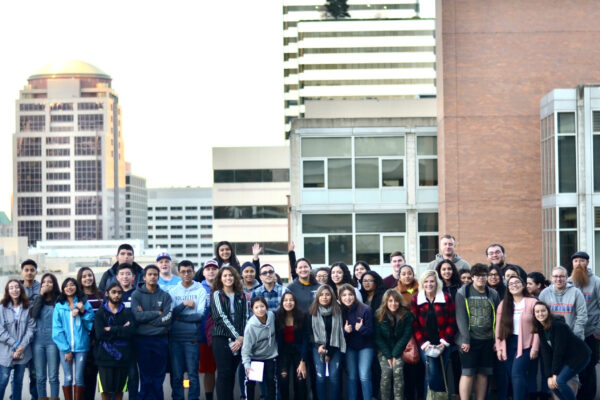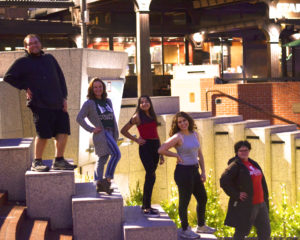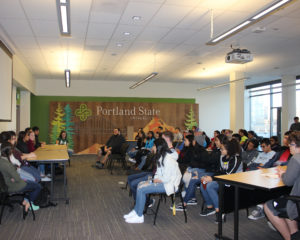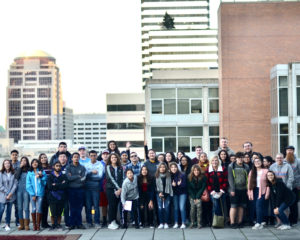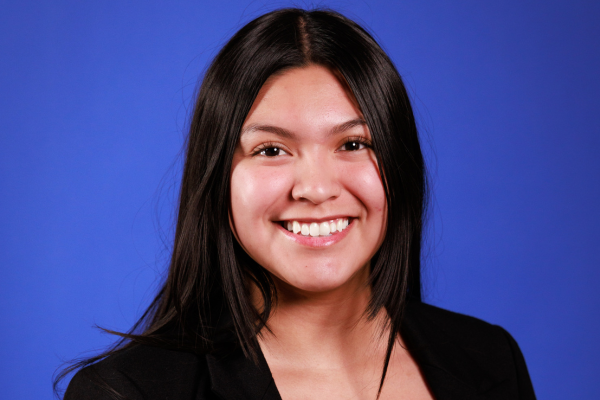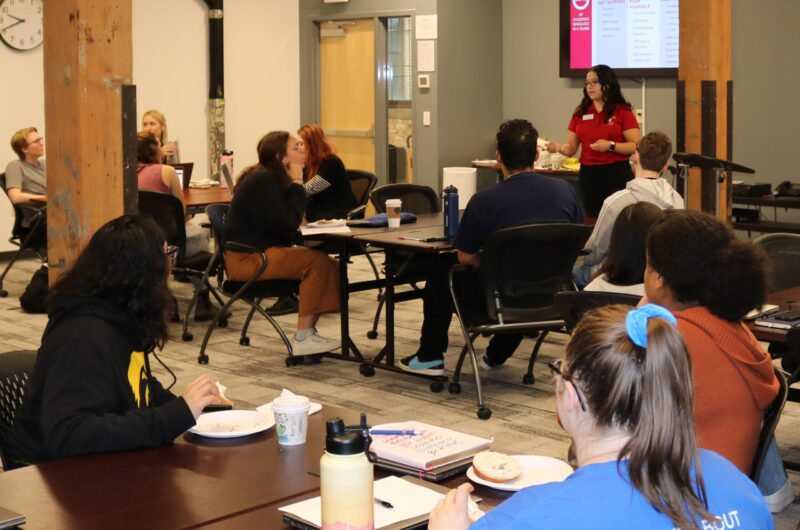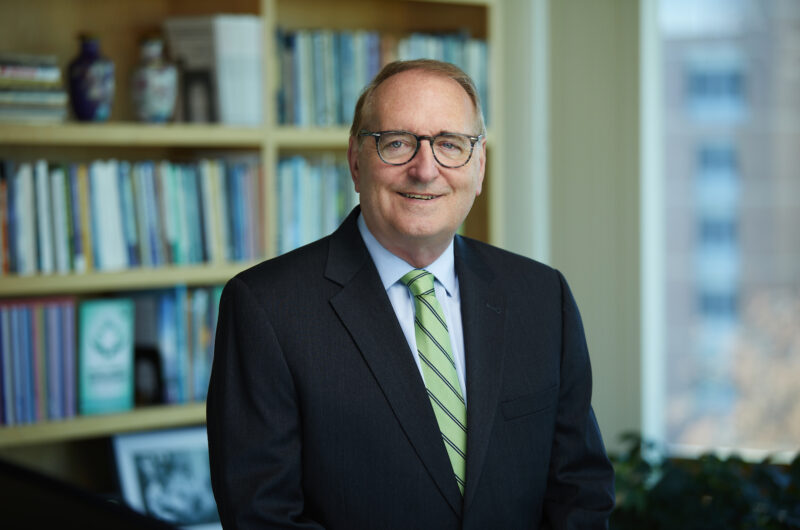Written by AmeriCorps member, Griffin Fraser
One of the activities College Possible provides students is the opportunity to visit college campuses throughout the year. For many, these campus visits are a major highlight to their first years with College Possible. These trial runs of college life show students a glimpse of where they may be living, studying, working and growing in the near future.
Half of College Possible Oregon’s partner universities and colleges are located in the Portland metro area with the remainder located near the I-5 corridor in the western part of the state. While this is a great opportunity for the 600 Flagship students in the Portland-metro area to attend campus visits, the landscape proves difficult for the more than 150 College Possible Navigate students in rural areas of Oregon with dreams of higher education.
For many rural students the opportunities to visit campuses are few and far between. Visiting a school like the University of Oregon in Eugene, a six-hour drive, is out of reach for most. Rural students from across the country see the lowest enrollment rates in postsecondary education, opting instead to enter the local workforce immediately after high school. While some can obtain jobs in farming and manufacturing right after graduation, the previous few decades have seen a decline in employment opportunities due to automation and the departure of industry. Throughout this time, the need for workers with college educations has continued to increase in every part of the country. The areas the Navigate program serves are no exception.
College Possible students from northeastern Oregon and, more generally, rural students face a wide array of challenges in accessing higher education, the most visible being distance. The four person strong Navigate team, along with partner high schools and universities, set out to change the game.
The team, in collaboration with Riverside, Irrigon, Umatilla and McLoughlin high schools in rural northeastern Oregon, organized a three-day long trip for 39 College Possible students to visit universities in western Oregon and experience life outside of their communities. Students toured Portland State University, Warner Pacific University, the University of Portland, Oregon State University and the University of Oregon.
One of the highlights of the trip was not a university at all, but the city of Portland. For some, this was their first time in Oregon’s largest city.
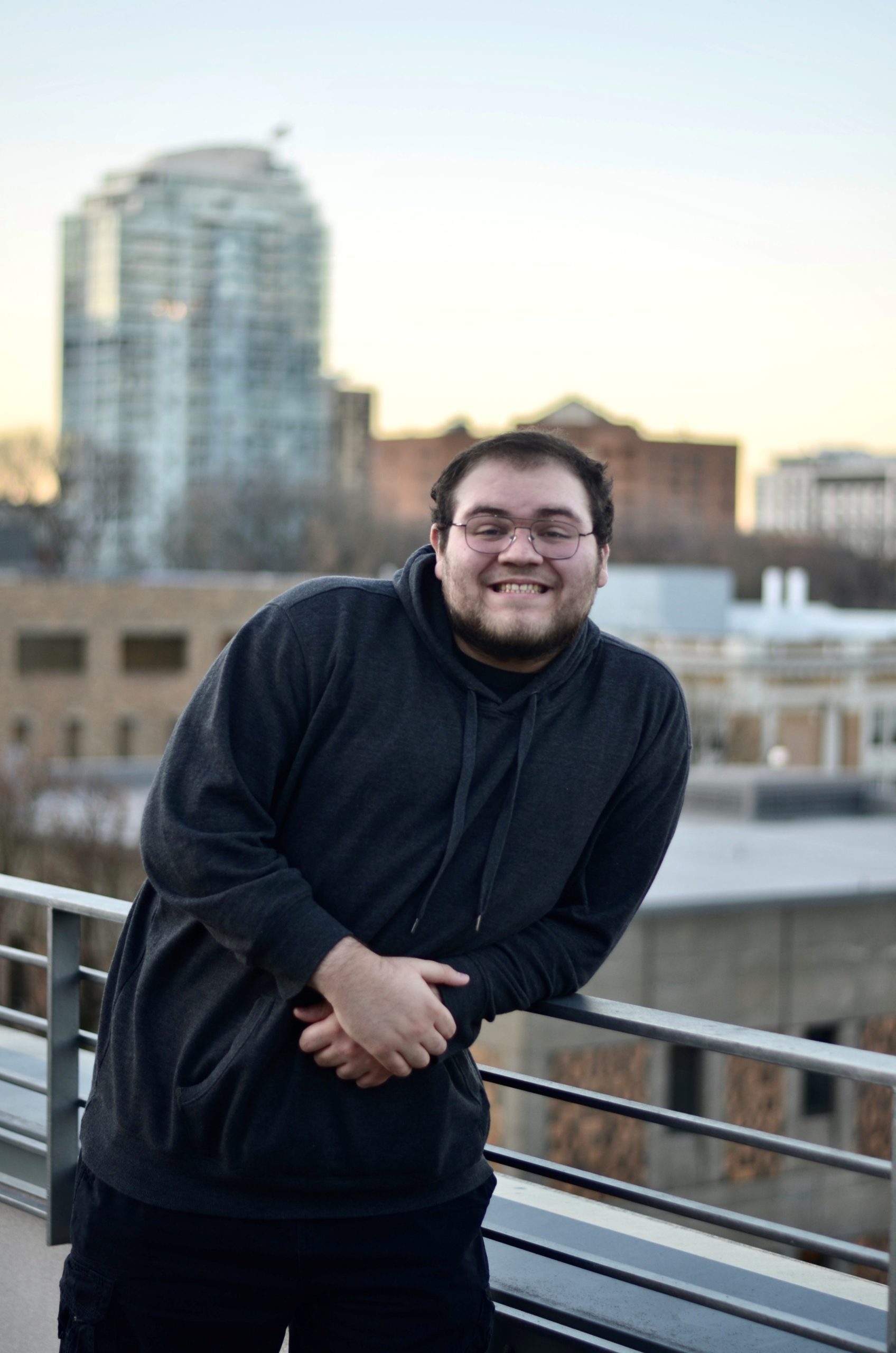 Noah, a senior from Riverside High School, noted, “I wanted to come on this trip to see a whole new area and colleges I’ve never heard of. In Boardman, it’s so small—but out here it’s beautiful and everything is so big and new!” Upon their arrival to Portland State University, in the heart of downtown, college coaches greeted them and led them on a tour through high-rises and buildings larger than their high schools. The visit concluded with a panel of current College Possible students answering questions Navigate students had about college life. Soon after, students took to exploring sites such as Pioneer Square and Lloyd Center where a few students went ice-skating for the first time.
Noah, a senior from Riverside High School, noted, “I wanted to come on this trip to see a whole new area and colleges I’ve never heard of. In Boardman, it’s so small—but out here it’s beautiful and everything is so big and new!” Upon their arrival to Portland State University, in the heart of downtown, college coaches greeted them and led them on a tour through high-rises and buildings larger than their high schools. The visit concluded with a panel of current College Possible students answering questions Navigate students had about college life. Soon after, students took to exploring sites such as Pioneer Square and Lloyd Center where a few students went ice-skating for the first time.
At night, the students stayed in dorms at Warner Pacific University — a Bridge partner. Thanks to Warner Pacific’s generosity, students got an up-close feel of college living. Johana, a senior from Riverside High School, highlighted her stay in dorms and getting the “full college experience.” Various Flagship high school coaches also joined throughout the trip to meet students and take part in planned activities in the evenings.
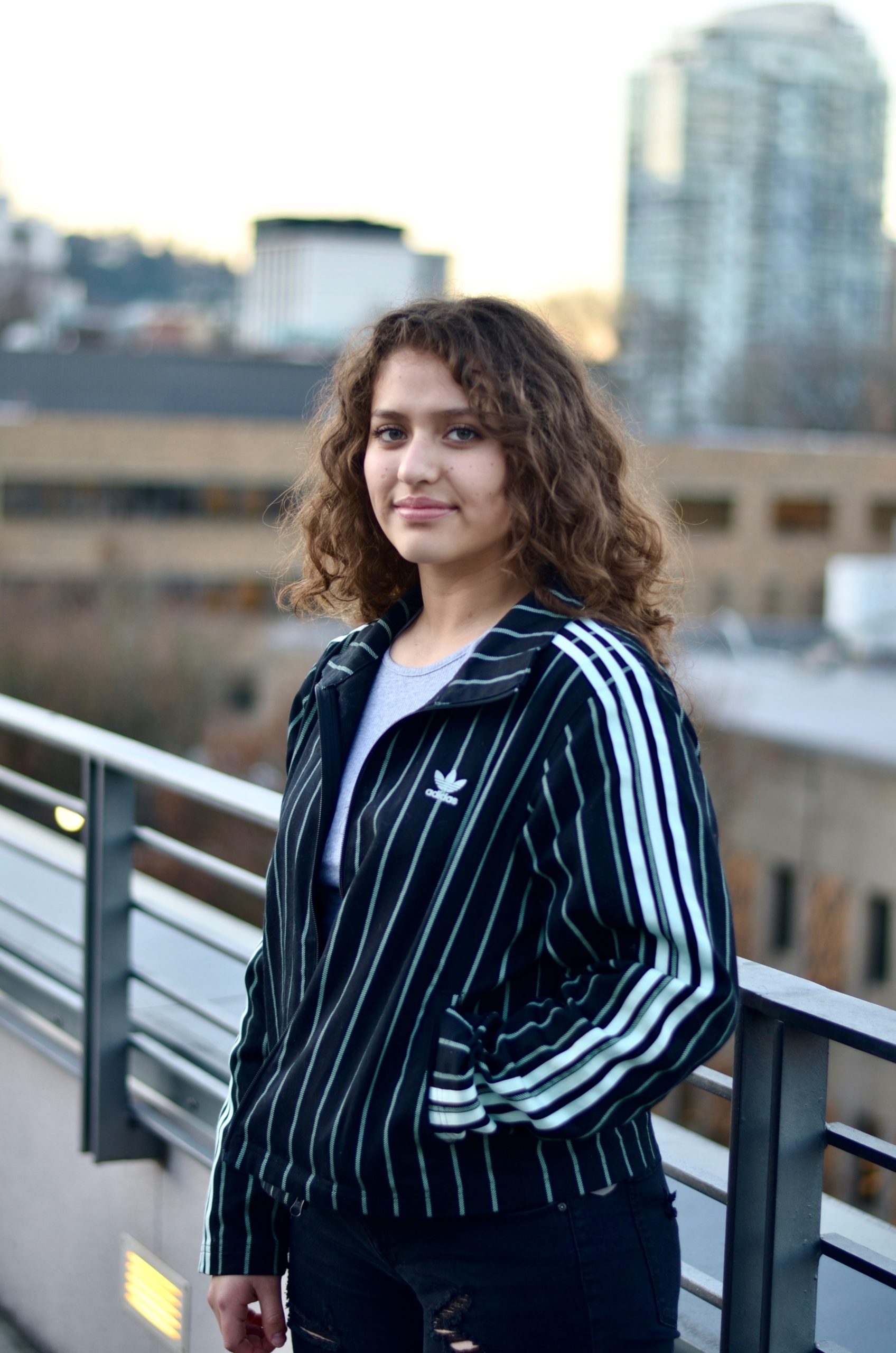 Despite back-to-back tours over three days, students brought high energy and a never-ending stream of questions for campus staff to help decide which institution was the best fit. “Portland State is so much better in person;” remarked Jackie, a senior from Riverside High School, “you don’t get the experience from looking in a catalogue.”
Despite back-to-back tours over three days, students brought high energy and a never-ending stream of questions for campus staff to help decide which institution was the best fit. “Portland State is so much better in person;” remarked Jackie, a senior from Riverside High School, “you don’t get the experience from looking in a catalogue.”
The mix of small, private schools and large public schools provided a well-rounded view of options outside of eastern Oregon. Victor, a junior from Riverside High School, participated in the trip because, “learning about colleges is better when you actually get to go to them and speak with students and professors in person rather than text or call, plus you get to see the everyday life of a college student. I am glad I went.”
This trip signals a new step forward in the pursuit of a level-playing field in higher education for students from low-income backgrounds in rural areas. With the support of high schools, university partners, AmeriCorps members and staff, College Possible is exploring creative and collaborative solutions to close the degree divide.
